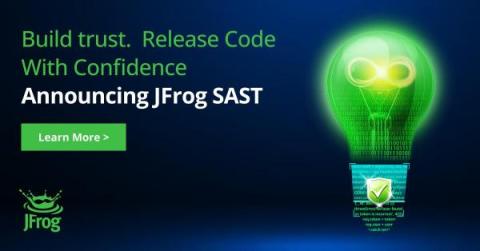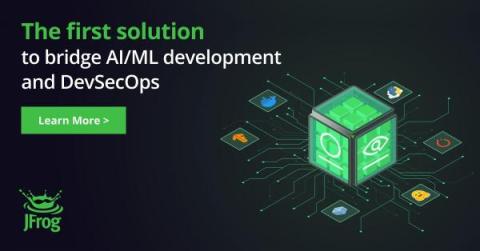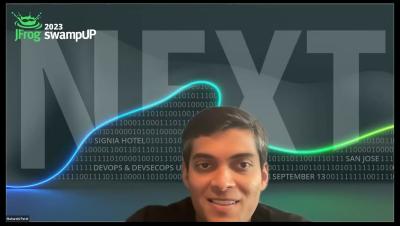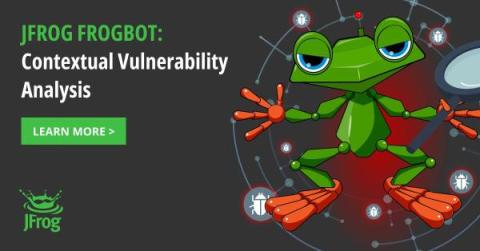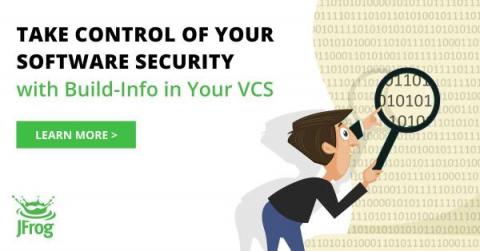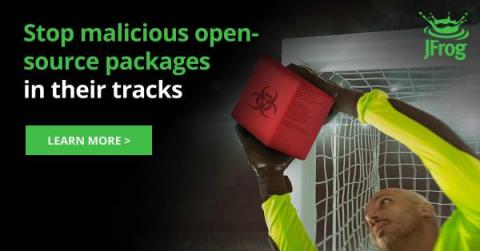Announcing JFrog SAST: Build Trust and Release Code With Confidence
Today’s software applications power almost every aspect of our lives, and ensuring the security of these applications is paramount. Threat actors can cause devastating consequences for companies, leading to financial losses, reputational damage, and legal repercussions. Companies building commercial or in-house applications must adopt robust security measures throughout their software development lifecycle to avoid releasing vulnerable code.


